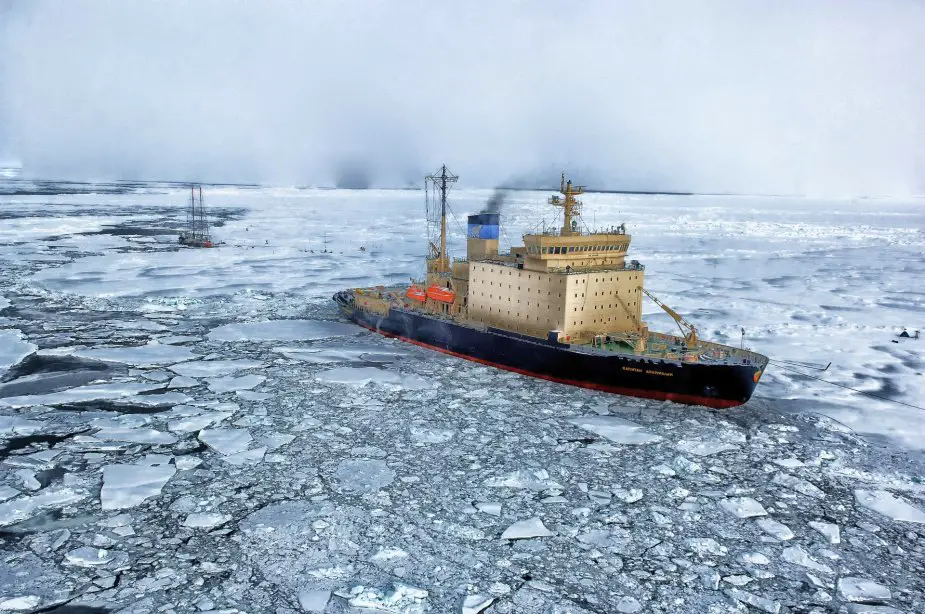Breaking news
Global warming could bring new challenges in the Arctic region.
China, Russia, and NATO allies recently understood the need for increasing their presence in the Arctic region. This comes as global warming, making the ice melting faster and faster, may open new maritime routes in the Arctic, which could be really useful for faster shipping goods.
 An icebreaker ship sailing through the Arctic Ocean (Picture Source: Pixabay/David Mark)
An icebreaker ship sailing through the Arctic Ocean (Picture Source: Pixabay/David Mark)
Global warming is a fact, and it generates plenty of climate changes that can even be threatening military bases. In the future (the near future), such military bases could be suffering impacts from flooding, drought, desertification, wildfires and thawing permafrost... This new threat is to be taken seriously.
But this global warming could also be a game changer for the great powers all around the world, as this climate change is provoking ice melting in the Arctic, inducing the opening of new trading and shipping routes. Russia, China, the U.S.A., but also other major nations such as Canada, the U.K. and Denmark may seek to secure these routes before the others. Along with the new shipping routes will there be new resources to exploit, including oil, natural gas, coal, gold, uranium, manganese, fish and shrimp. Therefore, those countries need to deploy more troops and build more infrastructures in the region.
China, as it may appear, is part of the countries that are interested in the Arctic region. Two announcements from Beijing during the course of 2018 implied that the issue was assuming new significance within China’s overall foreign policy. First, there was the “White Paper” on China’s Arctic policy that elevated the approach to the “Polar Silk Road” strategy. Next, came the official announcement that China intends to build a nuclear icebreaker. It will be 152 meters in length, 30 meters wide, and will displace 30,000 tons. Thus, it will be quite comparable to Russia’s giant Arktika-class.
As for Russia, it is well-known that the country has the world's largest icebreaker fleet in size and operates no fewer than 22 icebreakers. Russia is also planning to launch its thirty-three-thousand-ton Type 22220 class and is constructing three behemoths (Arktika, Sibir, and Ural), with a possible date for completing the first one by 2020. In addition to that, as Navy Recognition reported on March 22, Russian Viktor Chernomyrdin icebreaker is scheduled to undergo performance trials in August 2019. All of this reflects the intentions Russia has to be present in this particular region.
Regarding the U.S.A., the country is far behind its opponents, with the U.S. Coast Guard (which is in charge of the U.S. government's polar icebreaking mission since 1965) operating only but one large icebreaker, the Polar Star, along with one medium icebreaker, the Healy. Though, in January 2019, the U.S. Congress finally appropriated $US 655 million for the building of an additional large icebreaker, along with an additional $US 20 million for components for a second one.
Other NATO members could be interested in the Arctic region, thanks to their geographical proximity to this part of the world. Canada, the U.K., Denmark (by virtue of its territory Greenland), Iceland, Norway, Sweden and Finland may indeed try to secure paths and seas for their own profit.
But a major question then emerges, if all these countries seek to be the first to secure these new paths, would this automatically lead to an armed conflict? Certainly not automatically... as some countries manage to negotiate with others to find middle grounds and avoid futile disputes. For example, the United States and Canada are negotiating over a binational boundary in the Beaufort Sea. As for some other disputed seas, countries agree to assert that these areas constitute international maritime zones and that they, therefore, don't belong to anyone.




























